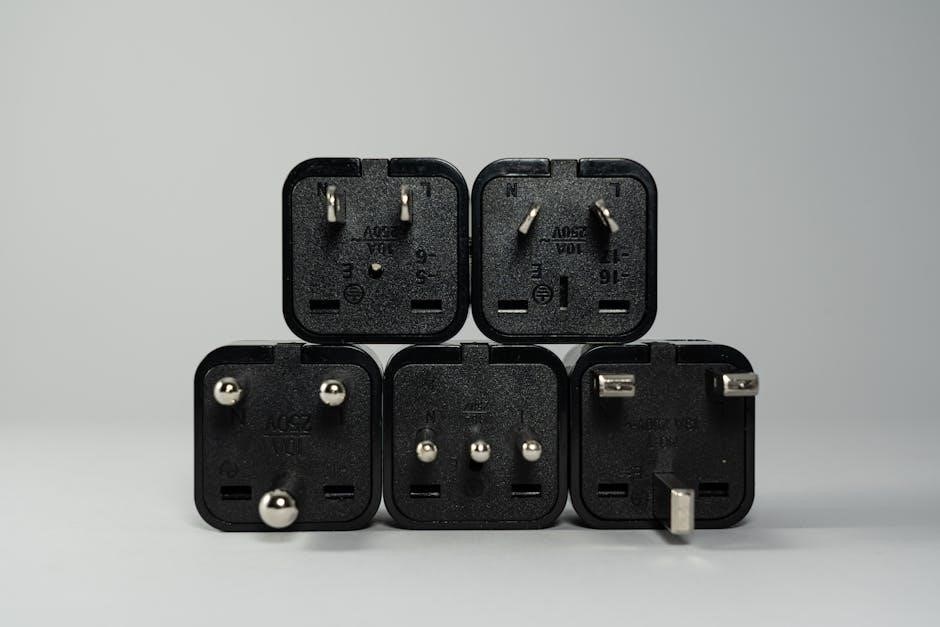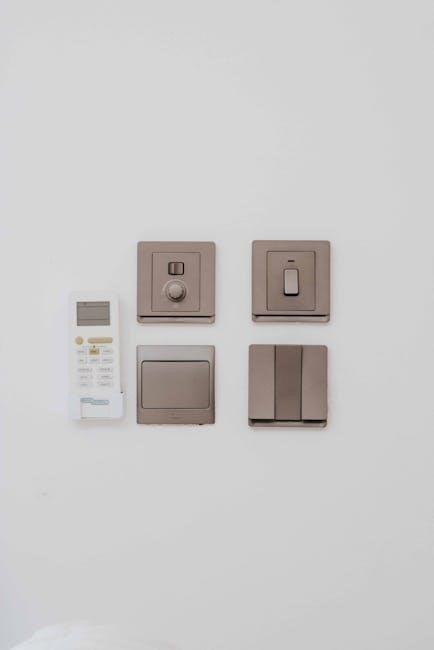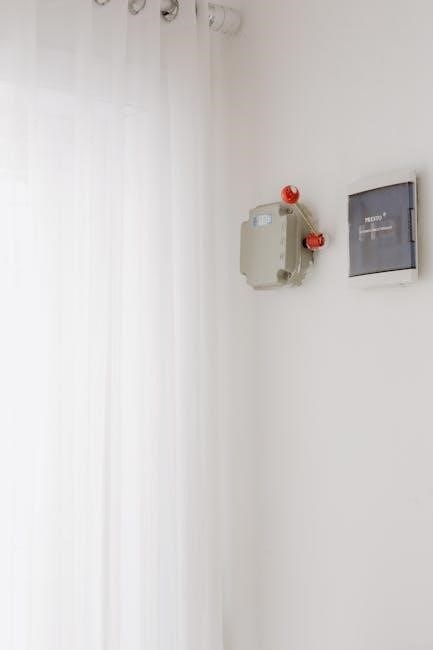Understanding electrical appliances power consumption is crucial for efficient energy usage‚ using a chart to determine wattage and costs‚ with information on rating and prices per unit of energy‚ in a simple and easy to read format always․
Understanding the Basics of Power Consumption
To understand the basics of power consumption‚ it is essential to know how electrical appliances use energy․ The power consumption of an appliance is measured in watts‚ and it is crucial to determine the wattage of each appliance to calculate the total energy consumption․ A chart can be used to list the appliances and their corresponding wattage‚ making it easier to track and manage energy usage․ The chart can be categorized by room or type of appliance‚ and it can include additional information such as the estimated daily usage and the total energy consumption․ By understanding the basics of power consumption‚ individuals can make informed decisions about their energy usage and take steps to reduce their energy consumption․ This can be achieved by using energy-efficient appliances‚ turning off lights and electronics when not in use‚ and adjusting daily habits to conserve energy․ Using a chart to track power consumption can help individuals identify areas where they can make changes to reduce their energy usage․

Electrical Appliances Power Consumption Chart
Creating a chart to organize and compare electrical appliances power consumption data is essential for efficient energy management always using tables and lists to display information clearly․
Common Electrical Appliances and Their Rated Wattage
Common electrical appliances have varying rated wattages‚ with some using significantly more power than others․ For instance‚ appliances like air conditioners and clothes dryers have high wattage ratings‚ typically ranging from 200 to 8000 watts․ On the other hand‚ smaller appliances like lamps and televisions have much lower wattage ratings‚ often around 10 to 200 watts․ The rated wattage of an appliance is an important factor in determining its power consumption and overall energy efficiency․ By understanding the rated wattage of common electrical appliances‚ individuals can make informed decisions about their energy usage and take steps to reduce their power consumption․ This information can also be used to create a comprehensive electrical appliances power consumption chart‚ which can help individuals track and manage their energy usage more effectively․ Using tables and lists to display this information can make it easier to compare and contrast the power consumption of different appliances․

Calculating the Cost of Running Appliances
Calculating costs involves rating‚ price per unit‚ and usage time‚ using formulas to determine expenses‚ with tables and charts to organize data‚ making it easier to estimate costs and plan energy usage effectively always․
Factors Affecting the Cost of Running Appliances
The cost of running appliances is affected by several factors‚ including the rating of the appliance‚ the price per unit of energy‚ and the amount of time the appliance is used․ The rating of an appliance is typically measured in watts or kilowatts‚ and the price per unit of energy is usually expressed in cents or dollars per kilowatt hour․ The usage time of an appliance can vary greatly depending on the type of appliance and the habits of the user․ Other factors that can affect the cost of running appliances include the efficiency of the appliance‚ the cost of maintenance and repair‚ and the availability of energy-saving features․ By considering these factors‚ consumers can make informed decisions about their energy usage and take steps to reduce their energy costs․ Using a chart or table to organize data can help to identify areas where energy usage can be optimized․ Additionally‚ understanding the factors that affect the cost of running appliances can help consumers to choose the most energy-efficient appliances and to use them in a way that minimizes energy waste․ This can lead to significant savings on energy costs over time․

Appliance Consumption Table
Listing household appliances and their average power consumption in watts‚ organized by category‚ using a table format for easy reference always helps to compare data quickly․
Listing Household Appliances and Their Average Power Consumption
The list of household appliances includes kitchen appliances such as refrigerators‚ ovens‚ and dishwashers‚ as well as living room appliances like televisions and computers․
Each appliance has a specific average power consumption in watts‚ which is essential for calculating energy costs and understanding usage patterns․
A table or chart can be used to organize and compare the power consumption of different appliances‚ making it easier to identify areas for energy efficiency improvements․
By examining the average power consumption of various household appliances‚ individuals can make informed decisions about their energy usage and take steps to reduce their energy consumption․
This information can also be used to create a personalized energy plan‚ taking into account the specific appliances and usage patterns in the household․
Overall‚ listing household appliances and their average power consumption is a crucial step in managing energy usage and reducing waste․

Units of Electricity and Power Rating
Electricity is measured in units of kilowatt-hours (kWh)‚ with one kWh being equivalent to one thousand watt-hours․
The power rating of electrical appliances is measured in watts (W) or kilowatts (kW)‚ which represents the amount of electricity consumed by the appliance․
A kilowatt is a unit of power that is equal to one thousand watts‚ and it is commonly used to express the power consumption of large appliances such as air conditioners and refrigerators․
The power rating of an appliance is usually indicated on a label or nameplate‚ and it is an important factor in determining the appliance’s energy efficiency․
Understanding the units of electricity and power rating is essential for comparing the energy efficiency of different appliances and making informed purchasing decisions․
By considering the power rating and energy consumption of an appliance‚ consumers can choose products that meet their needs while minimizing their energy usage and environmental impact․
This information is typically included in the specifications of electrical appliances and can be found in the user manual or on the manufacturer’s website․